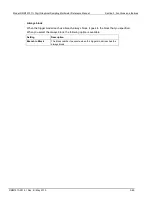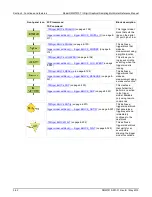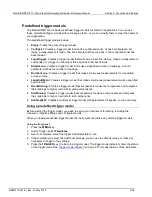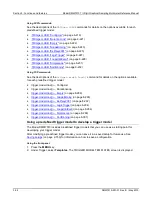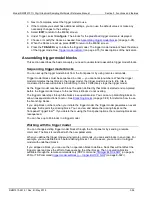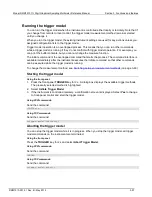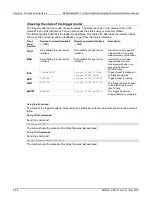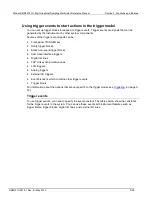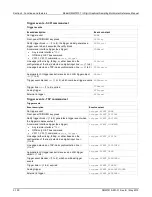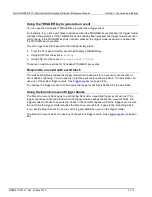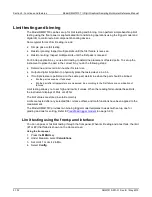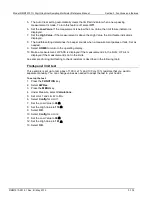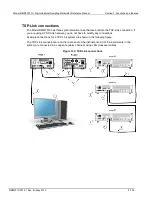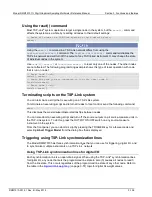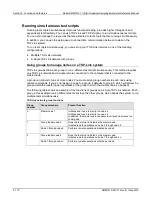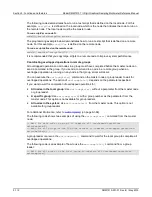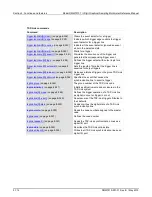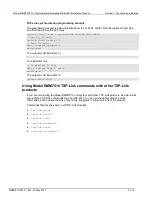
Model DMM7510 7½ Digit Graphical Sampling Multimeter Reference Manual
Section 3: Functions and features
DMM7510-901-01 Rev. B / May 2015
3-101
Using the TRIGGER key to generate an event
You can use the front-panel TRIGGER key to generate a trigger event.
For example, if you set a wait block to advance when the TRIGGER key is pressed, the trigger model
will reach the wait block. If the TRIGGER key has already been pressed, the trigger model execution
will continue. If the TRIGGER key has not been pressed, the trigger model execution is halted until
the TRIGGER key is pressed.
To set a trigger block to respond to the front-panel key press:
•
From the front panel: Set the event to be Display TRIGGER Key
•
Using SCPI: Set the event to
DISPlay
•
Using TSP: Set the event to
trigger.EVENT_DISPLAY
There are no action overruns for front-panel TRIGGER key events.
Respond to an event with a wait block
The wait building block causes the trigger model to stop and wait for an event or set of events to
occur before continuing. You can specify up to three events for each wait block. The wait block can
use any of the system trigger events. See
(on page 3-99).
To continue the trigger model, it must receive the trigger event that is defined for the wait block.
Using the branch-on-event trigger blocks
The branch-on-event block goes to a branching block after a specified trigger event occurs. If the
trigger event has not yet occurred when the trigger model reaches the branch-on-event block, the
trigger model continues to execute the blocks in the normal sequence. After the trigger event occurs,
the next time the trigger model reaches the branch-on-event block, it goes to the branching block.
If you set the branch event to none, an error is generated when you run the trigger model.
The branch-on-event block can use any of the system trigger events. See
(on page 3-



